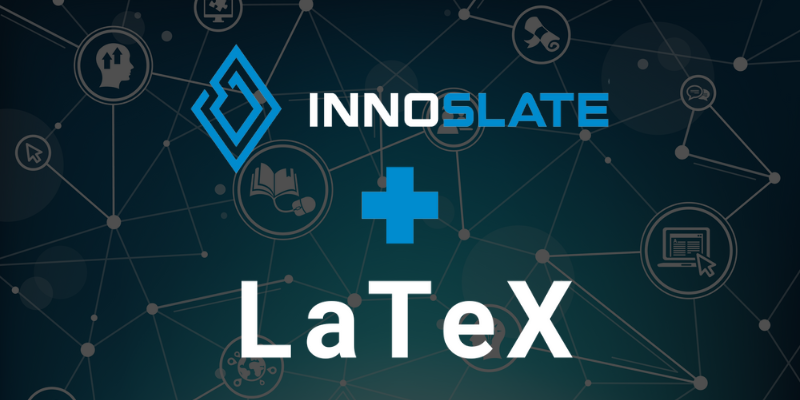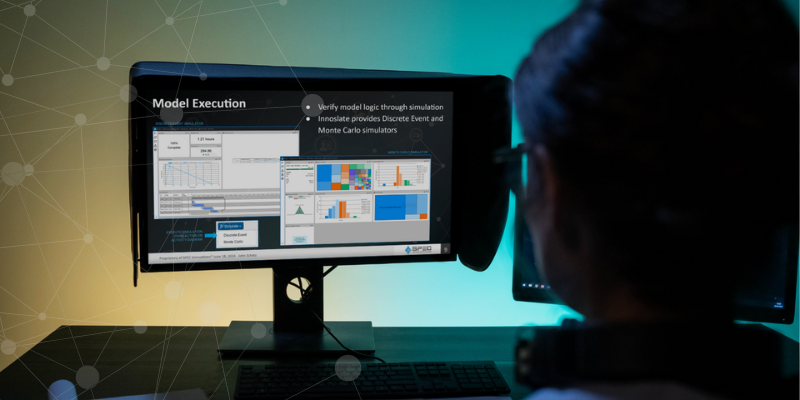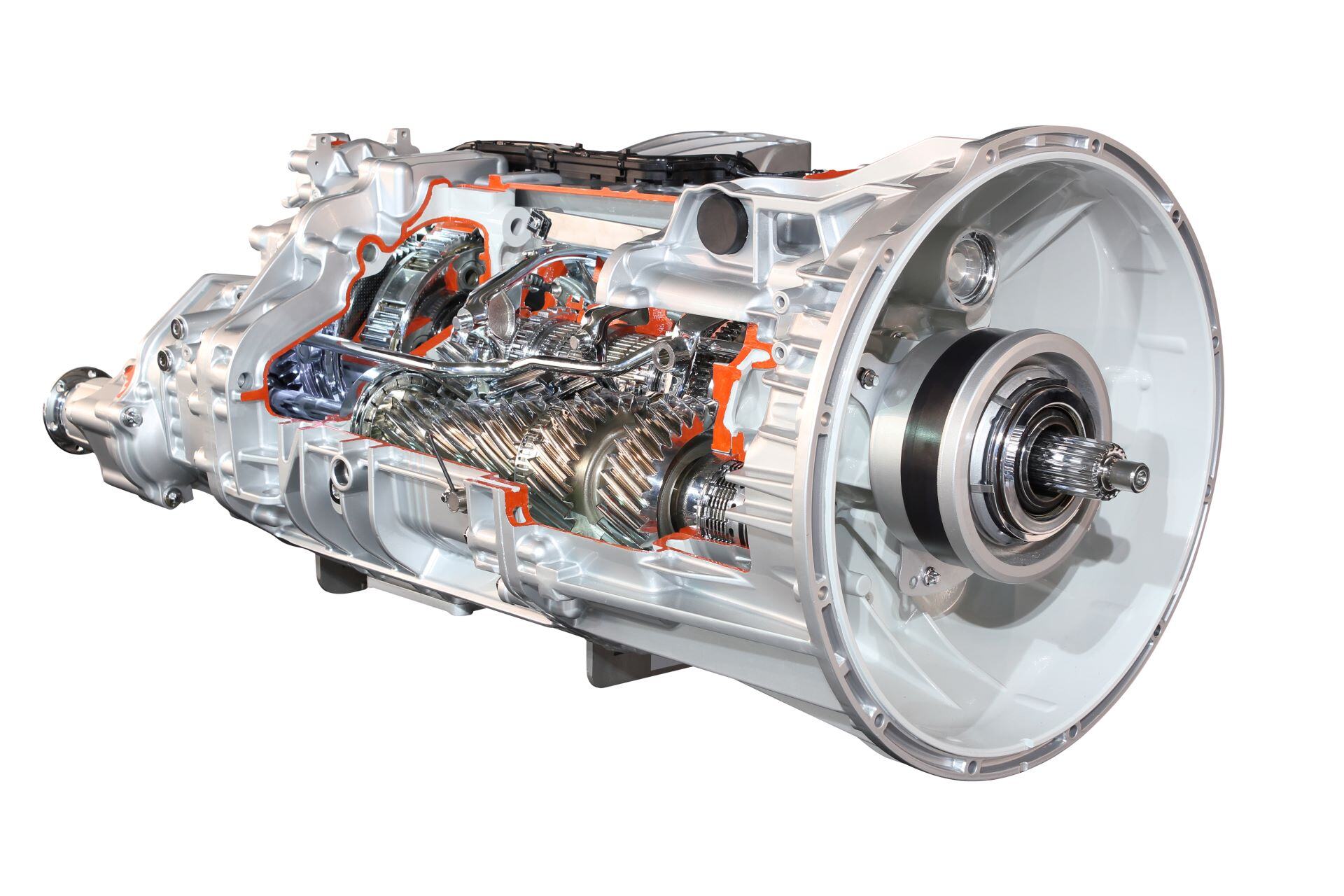LaTeX + Innoslate: Adding Math to System Models Webinar
Don't feel like reading? Watch the webinar recording!
Abstract: "The Foundation for Digital Engineering: Creating a Conceptual Data Model (CDM) and Data Storage Plan (DSP)" discusses the crucial components of Digital Engineering (DE) – the Conceptual Data Model (CDM) and the Data Storage Plan (DSP). The CDM serves as a high-level data plan, illustrating data types, locations, and relationships, while the DSP builds upon it, defining numbering, naming, and labeling conventions for generating desired output products. The document outlines a structured approach for designing CDM and DSP to support Lifecycle Modeling Language (LML) and Innoslate-based DE efforts, which can be adapted to other modeling languages and tools.
The CDM development process involves five key steps: identifying data scope, data elements, data element classes, relationships, and project boundaries. It emphasizes the importance of clear boundaries and consistency in representation.
Similarly, the DSP encompasses documentation for data entry, data extraction, and schema modifications, providing a comprehensive guide for interacting with the digital engineering environment. It's structured around logical subsets of CDM data and ensures data consistency for generating output products.
The DSP development process involves identifying desired output products, establishing conventions for filtering, determining relationship targets, revisiting the CDM, and documenting output methods. These steps ensure that the DSP aligns with the intended DE goals.
The whitepaper stresses the need for periodic review and revision of CDM and DSP, particularly when data scope changes, to maintain data integrity. It advises creating prototypes to validate the DSP's effectiveness, as even minor changes can impact output products.
In conclusion, DE relies on well-designed and verified environments, with CDM and DSP playing critical roles in maintaining data integrity and facilitating the availability of output products.

Don't feel like reading? Watch the webinar recording!

Model-Based Systems Engineering (MBSE) has become a prominent term in the engineering world. The concepts of “modeling” and “simulation” are...

In the 80s Ford owned roughly 25% of Mazda (then known as Toyo Koygo) and had Mazda manufacture some automatic transmissions for cars sold in the...